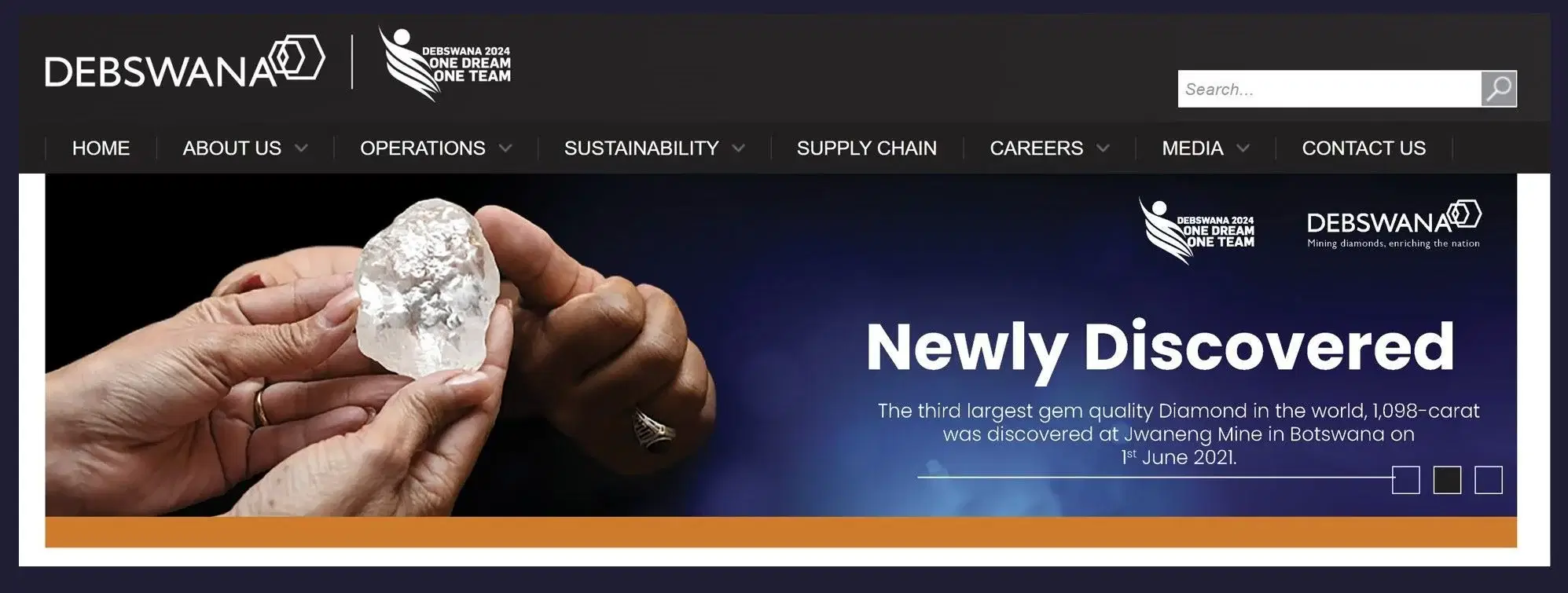The history of Debswana dates back to the 1950s. Around the time, geologists from the world’s leading diamond explorer, De Beers, began prospecting for diamonds in Botswana. In 1960, they uncovered a diamond-bearing deposit near Orapa, and on 23rd June 1969, the Debswana Diamond Company was founded, known at the time as the De Beers Botswana Mining Company.
As more diamonds were discovered on the site, the government of Botswana became highly interested in taking over the explorations. This, however, could not happen since it enjoyed a paltry 15% share. Therefore, over the next five years, the government embarked on a mission to increase its control in the company, helping increment its share by 35%. As a result, its total share amounted to 50%—a figure that has remained constant.
On 25th March 1992, the company changed its name to Debswana Diamond Company (Proprietary) Ltd. Since then, it has earned its place among the world's most successful diamond explorers and producers. Presently, the company operates four mines: Orapa, Damtshaa, Letlhakane, and Jwaneng.
Botswana owes much of its success to diamonds, and by extension, to Debswana. In the early 60s, the country was primarily an agricultural economy. However, Botswana has since transformed into a mining country, with diamond mining accounting for nearly all the mining operations in the country. Botswana has been ranked among the fastest-growing economies in the Southern and Central Africa region, thanks to its rich diamond deposits.
Debswana is among the largest employers in the private sector, currently employing around 5,200 people in mining activities throughout the country, with many more benefiting indirectly from the trade.
The company is flourishing because it believes in safe and responsible mining activities. Besides, it also endeavors to positively impact the lives of the local communities.

